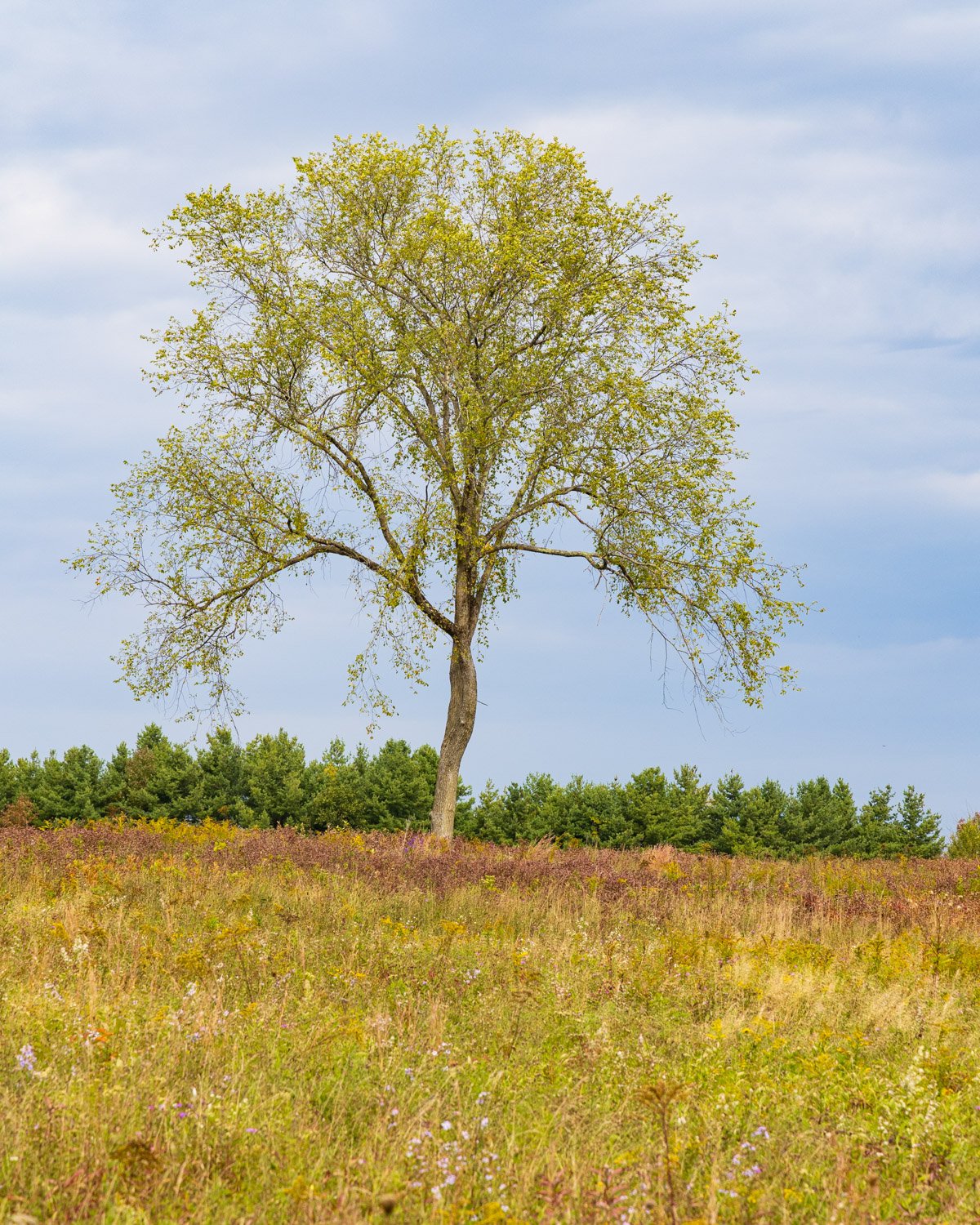Fort Stanwix National Monument 1758 - 1790
Native Americans traveled a route through the Mohawk Valley connecting the Atlantic Ocean and Lake Ontario, and called this area the Oneida Carrying Place. British General Stanwix built a fort here in 1758 to prevent French army invasions further south. After the French and Indian War, the old fort was used by the British Superintendent of Indian Affairs. Here the Six Nations Confederacy ceded lands east and south of the Ohio River to the British colonists, setting a pattern that would continue for the next century and a half.
In 1776 Congress ordered General Washington to rebuild the fort to protect the northwest border. The fort was renamed Fort Schuyler, for Maj. Gen. Philip Schuyler, who lived not far away. In 1976, the town of Rome, NY and the National Park Service rebuilt the fort to its Revolutionary War look. I was not expecting much at this smaller monument right in the middle of the city of Rome, and was quite surprised with the impressive reconstructed fort and displays inside.
Ft. Stanwix National Monument
British and Indian troops coming from Lake Erie brought siege against the fort in 1777, until Benedict Arnold brought reinforcements to the fort and the British retreated. The battle prevented the British troops from continuing down the Mohawk Valley and joining Gen. Burgoyne’s troops who were coming south down the Hudson River. Their fate is described in the next section.
After the Revolution, the new country took Native hostages, and coerced a new treaty at the fort ceding native claims to lands in Western Pennsylvania and Ohio in 1784. New York State continued to use the fort for councils and treaties with native tribes in 1788 and 1790. A location that had been a trading and meeting place for thousands of years became a site that would establish a pattern and practice to exterminate those people.
Ft. Stanwix barracks
Saratoga National Historical Park 1777
British General Burgoyne believed he could sever the Revolutionary forces in half by invading down the Hudson River from Canada. Gen. Philip Schuyler (whose middle daughter Eliza would marry Alexander Hamilton) commanded the Northern Department of the U.S. Army and was charged with delaying Burgoyne. By the time the British troops got near Schuyler’s home near Saratoga, Gen. Horatio Gates took command of the U.S. troops.
After the battle, the British burnt down Schuyler’s nearby home which was immediately rebuilt.
Philip Schuyler home, Saratoga National Historical Park
The Americans, with significant help by Polish Col. Tadeusz Kosciuszko, established fortified positions over the Hudson River preventing Burgoyne from going further down the river and from taking the nearby road. He was forced to move his forces between the river and the fortified hills and the battle began.
Battlefield trail, Saratoga National Historical Park
After a battle on September 19, 1777, Burgoyne dug in and awaited reinforcements. When they never came, and it appeared American reinforcements were coming, the decisive battle began on October 7 and continued for ten days. A significant hero of the battle was Gen. Benedict Arnold, and when he failed to get the credit he felt he was due, turned traitor.
Burgoyne eventually surrendered on October 17, and the northern campaign was over.
A ten mile auto tour circles the battlefield. However, several miles of trails wind through the battlefield, and sign posts display numbers for an audio tour that place you in the midst of the events.
Saratoga Battlefield
Harriet Tubman National Historical Park 1859 - 1913
Central Upstate New York was a hub for abolition and women’s suffrage. Frances Seward, wife of Senator and former Governor William Seward, was a fierce abolitionist and participant in the Underground Railroad. She got to know Harriet Tubman who had escaped from slavery in 1849, and became a major figure in helping other enslaved people escape. Eventually, Tubman moved to Ontario with her parents and husband who she had helped escape.
Harriet Tubman, adopted daughter Gertie, husband Nelson Davis, and other residents of her home.
Frances convinced her husband to sell a farm they owned just outside of Auburn, New York to Tubman. Although the transaction was illegal under New York law, he sold the farm to her in 1859. She would move her family out of Canada and live on the property until her death in 1913.
Tubman and her family used the house and farm to assist freed Blacks in establishing new lives in the North. She eventually purchased 25 acres adjacent to her farm where she hoped to build a Home for the Aged, but never could get it going. She sold it to the A.M.E. Zion church who were then able to establish the Harriet Tubman Home for the Elderly, and she moved into the Home in 1911.
Harriet Tubman Home
The National Park Service acquired the home in 2017, and together with the A.M.E. Zion Church are restoring the Home for the Aged and residence. Due to Covid-19 and the construction, the temporary visitor center and home are closed, but outside tours are conducted by church and NPS staff.
Harriet Tubman National Historical Park, Auburn, New York








